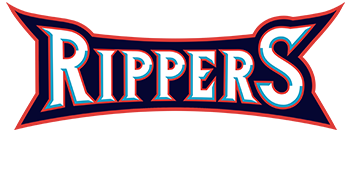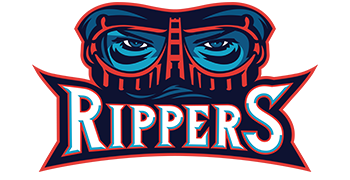LATEST NEWS:
Field Hockey Equipment
If you would like to purchase your own field hockey stick, practice balls or need shin guards and/or a mouth guard, we are happy to provide recommendations.
To play field hockey, you need a field hockey stick, field hockey shin guards, and a mouthguard. Field hockey shin guard sleeves / liner socks are helpful for reducing sweat irritation under the shin guards. Field hockey turf shoes are helpful for high school players. Stick bags and gloves are optional and not used by all players.
How to Choose the Right Field Hockey Stick
Pick a stick that best matches your playing style and skill level, not your position. It is about finding a good balance between hitting power and ball control or touch for your game. There are several things to consider when purchasing a stick: composition, bow, weight, length, toe shape and skill level.
Stick Composition - Most sticks are made with carbon, fiberglass or wood, or are a composite of carbon, fiberglass and other materials.
Carbon content adds stiffness to a stick, meaning a higher carbon percentage allows for more powerful hits, but it makes receiving the ball more challenging. A higher carbon content can slightly increase vibration or sting in the handle when hitting the ball.
Fiberglass is generally used as a reinforcing material to add durability and strength to carbon sticks.
Wood is the least stiff of all the materials and adds flexibility and forgiveness in the stick, allowing for clean receptions without needing as much technical skill. The typical suggestion is to start with lower levels of carbon and work up from there.
A stick's bow is the bend from the handle to the toe. The more bend, the easier it will be to lift shots and perform aerials and drag flicks, yet having less bend will improve control and make you less likely to accidentally lift the ball. Most sticks have a regular bow around 20-22mm, which is ideal for every aspect of the game from ball control to skillful maneuvers. Elite sticks typically have a low or late bow around 24-25mm offering the most help for controlling, lifting, drag flicking and performing aerials.
Field Hockey sticks generally range in weight from 510 grams to 560 grams, and the appropriate weight usually depends on personal preference. Light weight sticks (510g-545g) allows for quick wrist movement, making reception easier and a quick backswing and stick skills easier to execute. Heavy weight sticks (550g-560g) add more power to your hits and durability.
The length of your stick can be a personal preference depending on your playing style. A slightly longer stick will improve your reach while a shorter stick will improve stick handling skills. Typically, the stick should come up to the top of your hip bone, but this height chart is a good starting point.
| HEIGHT | STICK LENGTH |
|---|---|
| 4' - 4'3 | 30" |
| 4'4" - 4'6" | 32" |
| 4'7" - 5'0" | 34" |
| 5'1" - 5'3" | 35" - 35.5" |
| 5'4" - 5'9" | 36" - 36.5" |
| 5'10" & over | 37" - 37.5" |
Player Skill Level
Beginner sticks have more fiberglass or are made of wood and have a low power level in order to help build ball control and fundamental skills. Beginner sticks are recommended for players 10 years old or younger and no playing experience.
Intermediate sticks typically contain less than 20% carbon, which means less vibration when hitting compared to higher carbon sticks. This allows for good hitting power plus more flexibility for ball control development. Recommended for players 10-13 years old with 1-2 years of playing experience.
Advanced sticks are for strong players looking to hone their skills and typically contain less than 70% carbon. They contain less carbon than elite sticks, so they are powerful but more flexible and allow for a softer touch and increased ball control. Recommended for players 13+ years old with 2+ years of experience.
Elite sticks are made with 100% to 70% carbon, which is designed to maximize power and touch for very skillful players. Recommended for players 15+ years old with 3+ years of experience.
Questions? Contact us at FH@goldengaterippers.com




